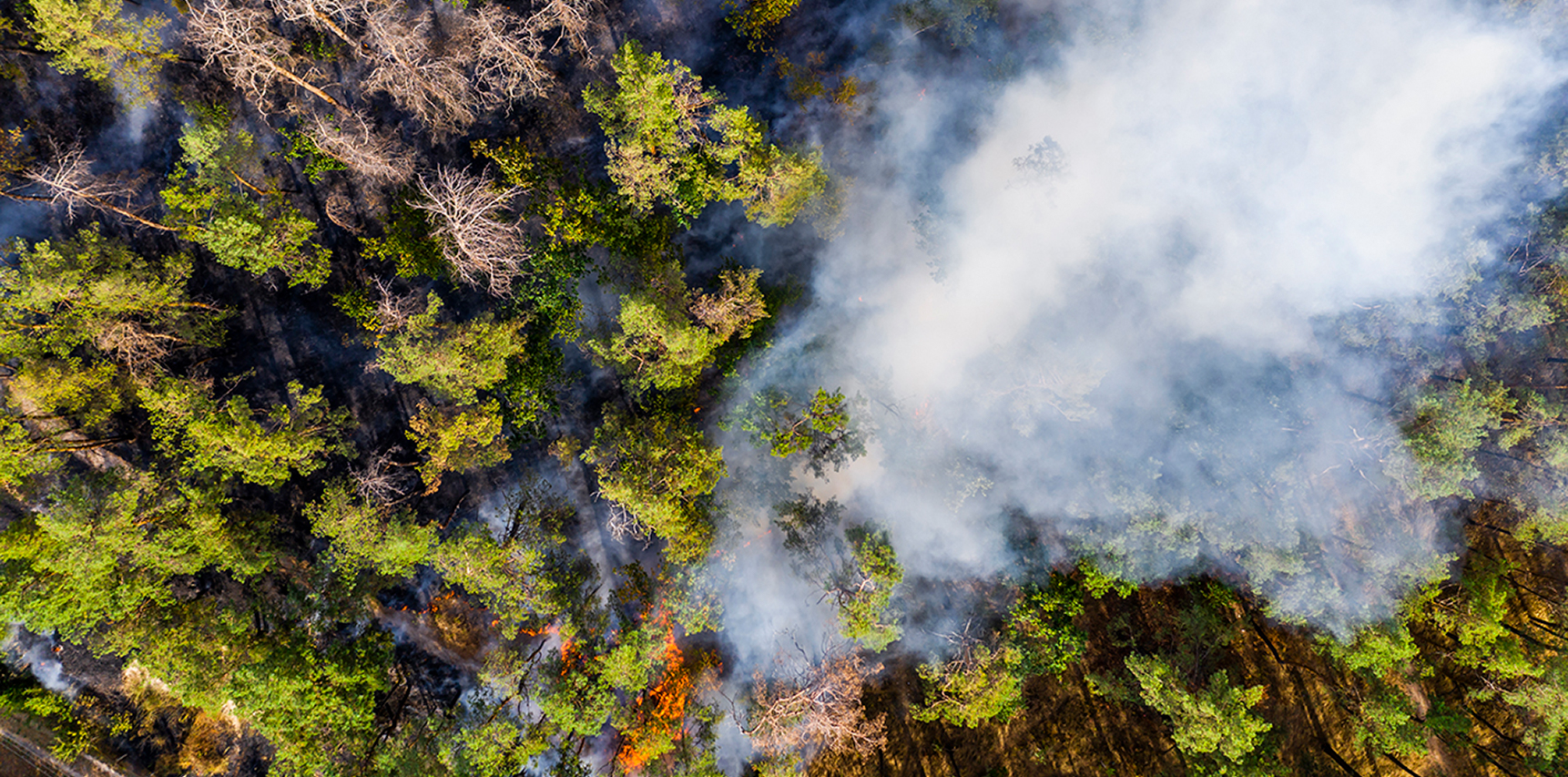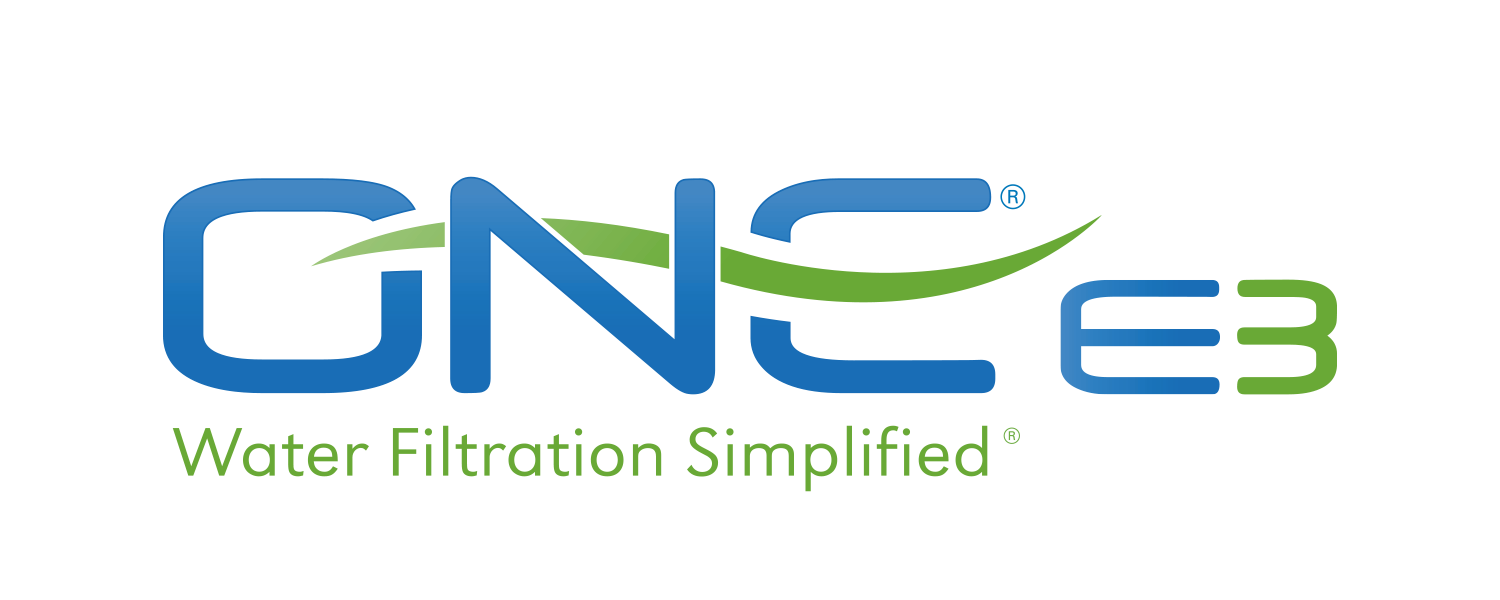In the U.S. alone, approximately 4.4 million acres were burned by over 40,000 wildfires in 2019. Wildfires severely impact people in many different ways. For example, Water quality can be compromised due to wildfire ash contaminating streams, rivers and other bodies of water. Rainstorms wash contaminants from wildfires into these water systems, which filter into drinking water facilities.
Wildfires are often unpredictable and move quickly, so water plants struggle creating a plan to keep water safe during these natural disasters. According to NBC, “65% of the public water supply in the Western U.S. comes from fire-prone areas, and wildfires can taint water with toxins and parasites,” although these contaminants aren’t limited to fire-prone areas. Stanford hydrologist Newsha Ajami explains, ash and smoke can spread harmful chemicals thousands of miles away –impacting water all over the country.
The EPA is researching wildfires and water quality as a result of the severity of 2019’s wildfires. They’re specifically studying if 20th century pollutants, like mercury and lead, are contaminating water faster because of wildfires and ways to protect water quality from wildfires. The organization is planning to use the information found by these studies to keep water quality safe in times of wildfires.



